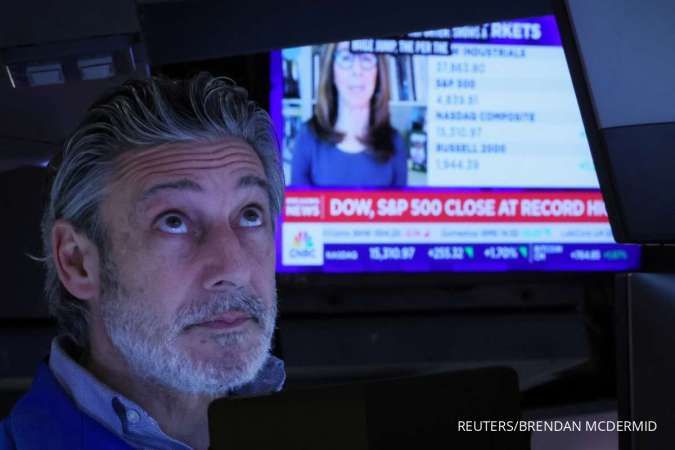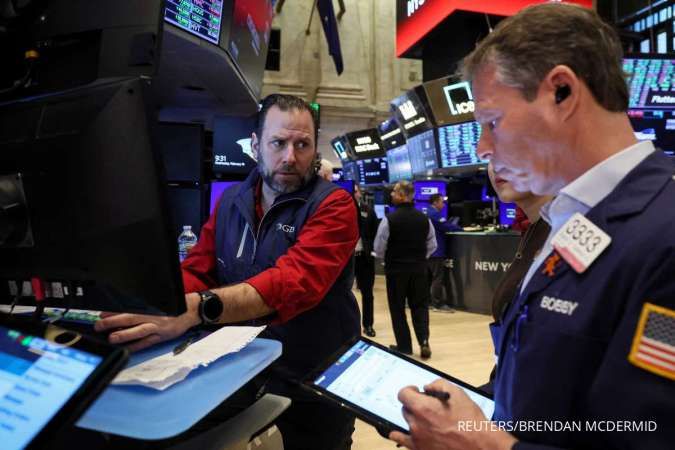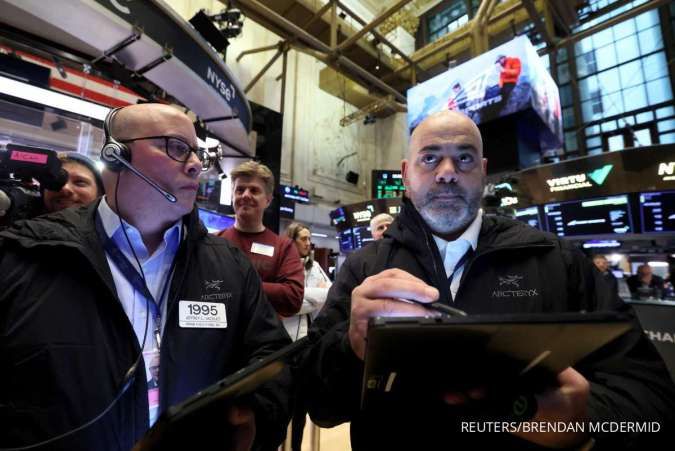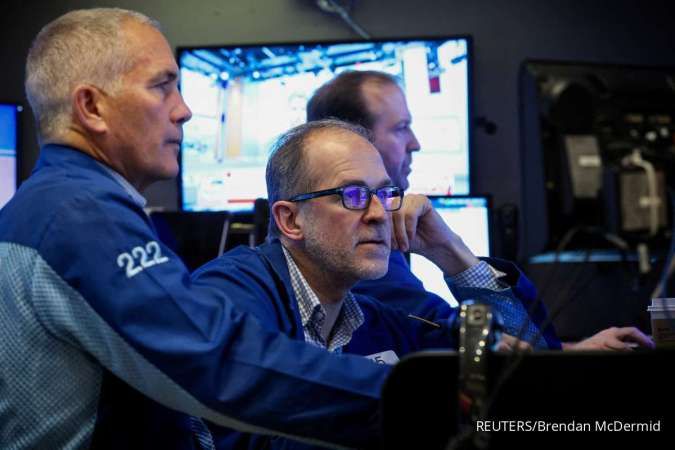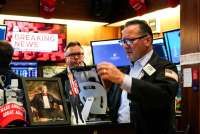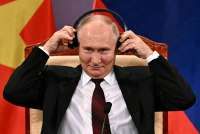GLOBAL MARKET - SINGAPORE. Asian equities climbed on Tuesday but could not break this month's highs as mixed messages from U.S. Federal Reserve policymakers left doubts hanging over the timing of interest rate cuts.
The risk of Japan intervening to prevent further falls in the yen put a little pressure on the dollar, however it rose against the yuan on speculation that China may tolerate a weaker currency.
MSCI's broadest index of Asia-Pacific shares outside Japan rose 0.6%, with gains for South Korean chipmakers SK Hynix and Samsung Electronics leading the Kospi up 1.2%.
Japan's rocketing Nikkei was steady, as was the yen at 151.31 per dollar.
Overnight, Chicago Fed President Austan Goolsbee said he had pencilled in three rate cuts this year, while Fed Governor Lisa Cook urged caution and Atlanta Fed President Raphael Bostic re-iterated Friday remarks trimming his expectations to one cut.
Read Also: IDX Composite (IHSG) Fell 0.41% to 7,347.6 This Morning (26/3)
The diversity of views throws a few wildcards into the policy outlook while markets wait on the next U.S. inflation indicators due when many markets will be closed for Good Friday.
"Comments by FOMC participants suggest to us that four voters – Bostic, Bowman, Mester, and Barkin – see zero, one or two cuts this year," said Standard Chartered strategist Steve Englander.
"We still think (chairman Jerome) Powell has eight votes for easing, but he probably does not want an 8-4 vote on the first cut of the cycle. Rather, he may hope that good inflation outcomes will allow him to swing a couple of votes into the cutting camp in the coming months."
Interest rate futures price about three Fed rate cuts this year and about a three-in-four chance of the first cut in June.
U.S. two-year yields, which track short-term interest rate expectations, rose in New York trade overnight then fell 4.5 basis points in the Asia morning to 4.58%.
S&P 500 futures rose 0.1% and the cash index closed 0.3% lower overnight.
In foreign exchange, Monday's rhetoric from Japan's top currency diplomat, Masato Kanda, kept the yen steady as traders weigh the risk of Japan buying heavily. Kanda said the yen's recent slide was "strange" and "speculative".
The Bank of Japan (BOJ) lifted interest rates last week but the yen has fallen near to three-decade lows on the dollar.
"Much like in 2016, when the BOJ cut rates to negative and (dollar/yen) went down, this month's BOJ decision to exit negative rates is a nothingburger and a red herring for (dollar/yen)," said Spectra Markets President Brent Donnelly.
"The pair continues to follow some combination of U.S. yields and Nikkei, with yields the primary driver."
China's yuan opened steady after a stronger-than-expected fixing of its trading band, but selling pressure soon drove it to the weak side of its 200-day moving average at 7.2165 per dollar.
Read Also: GLOBAL MARKETS-Wall Street Ends Lower Ahead of US data; dollar pressured by yen
Markets were unsettled by a sharp drop in the yuan on Friday, after months of tight trading, and some speculate China is loosening its grip on the currency to allow it to fall.
"Whether this reflects a shift in FX policy remains to be seen but accommodative monetary conditions are necessary in the face of growth headwinds," said BofA Securities' strategist Adarsh Sinha.
"If (yuan) depreciation sustains and coincides with a weaker credit impulse, Asia FX is vulnerable."
Later on Tuesday, the Reserve Bank of New Zealand's chief economist is due to speak and U.S. manufacturing, services and consumer confidence figures are due. U.S. core PCE data is due on Friday.
Gold and oil prices were broadly steady in commodities trade, with spot gold at $2,169 an ounce and Brent crude futures up 24 cents a barrel to $86.99.
Bitcoin hovered just above $70,000 after rising sharply on Monday.
/2024/01/01/47547769p.jpg)
